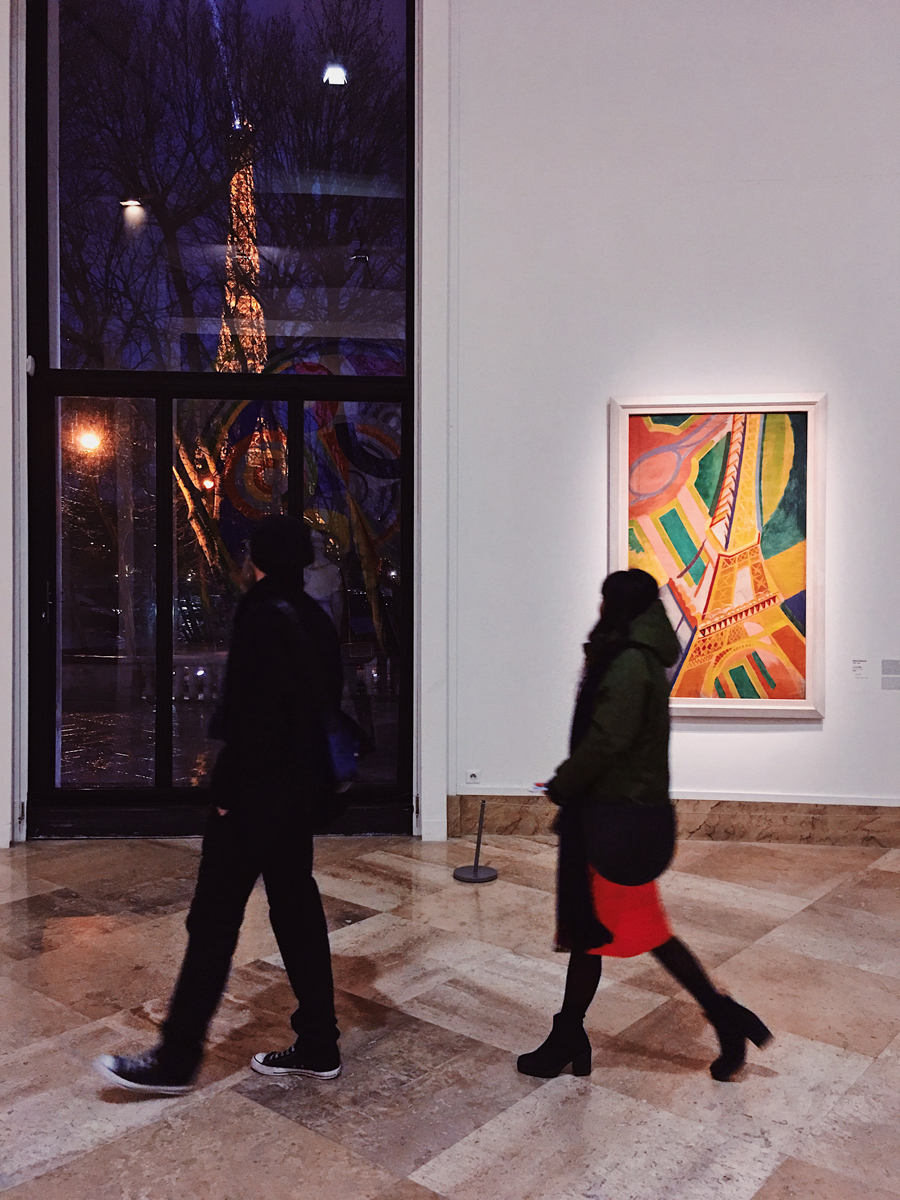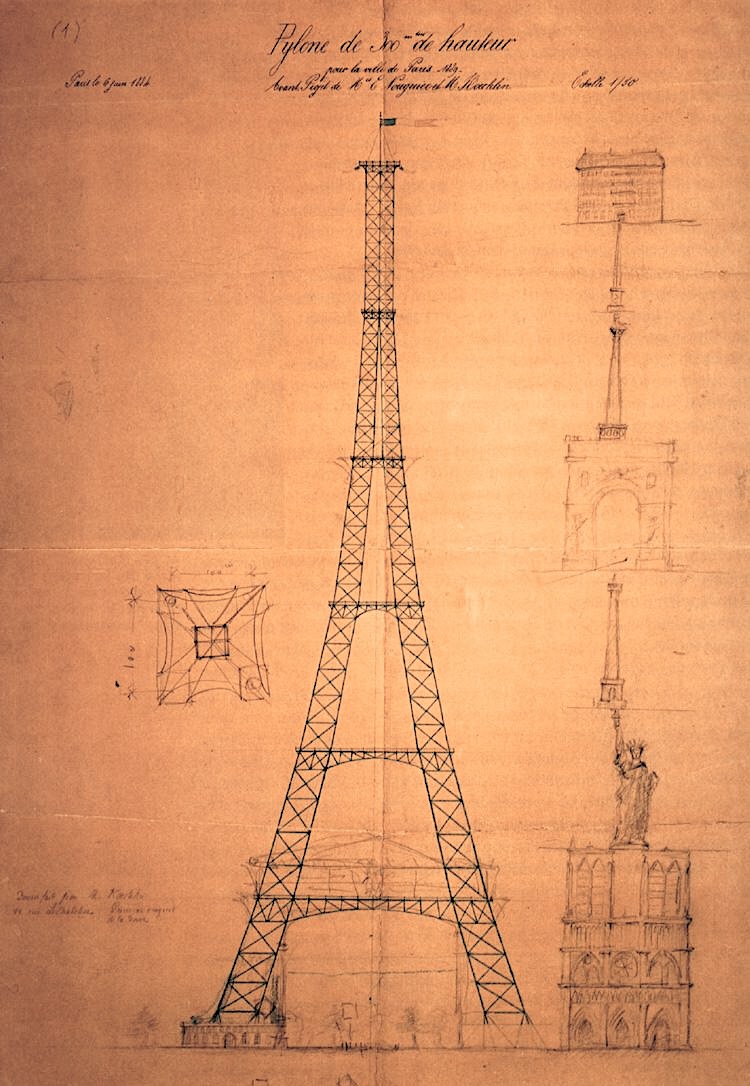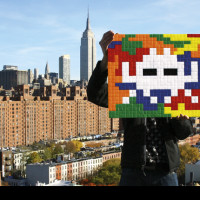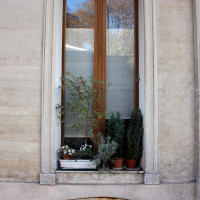
PARIS without its Tour Eiffel. Impossible even to imagine, today. But if some French intellectuals would have won their battle, the Iron Lady (Dame de Fer) might have survived for maybe just twenty years or maybe less. The French originally hated it. If not all, certainly an important group of high-profile artists, thinkers and creatives who signed a petition to protest against the tower during its construction. They expressed all their hate towards this “useless” and “monstrous” monument with a love letter to their City of Lights (Ville Lumière) and finesse, published on Valentine’s Day 1887.
About this story of hate and love, I’ve found a chapter in a curious architecture book written by English journalist Jonathan Glancey and titled “What’s so great about the Eiffel Tower?“. Through 70 engaging and thought-provoking questions, the author takes a fresh look at the works of some of the greatest architects and engineers through time and from around the world. Here below, I’ll share the pages dedicated to the ‘Eiffel Tower: engineering masterpiece or aesthetic blunder?’ – and for the other 69 issues… I heartily recommend to read the book!

Eiffel Tower: engineering masterpiece or aesthetic blunder?
On Valentine’s Day 1887, the French newspaper Le Temps published a love letter of sorts to Paris by the self-styled ‘Committee of Three Hundred’. It took the form of an attack on Gustave Eiffel’s radical 300-metre-high wrought iron tower, newly under construction in the city’s Champ de Mars. It was signed by such grand establishment arts figures as the writer Guy de Maupassant, Charles Gounod, composer of the opera Roméo et Juliette, and that industrious painter of waxen nude ladies, William-Adolphe Bouguereau.
‘We, writers, painters, sculptors, architects and passionate devotees of the hitherto untouched beauty of Paris’, thundered the three hundred, ‘protest with all our strength, with all our indignation in the name of slighted French taste, against the erection … of this useless and monstrous Eiffel Tower.’
The French engineer’s soaring achievement was nothing more than a ‘hateful column of bolted sheet metal’ to these men of late nineteenth-century high taste. When completed in 1889 – it was the gateway for the highly successful Paris World’s Fair of that year – friends of Maupassant said he came either to picnic under the tower or else to dine in one of its restaurants every day, as these were the only places from where he could not see the monstrosity.
Far from being useless, as the ‘Three Hundred’ asserted, the Eiffel Tower became an important communications mast in an era when Maupassant’s stories would be read over the new-fangled wireless and even turned, not so many years later, into television plays broadcast via, yes, Eiffel’s ‘hateful column’. More than this, though, in the early days of World War I, a radio transmitter located in the tower jammed German wireless communications, helping to save Paris from invasion. Might Maupassant, who had fought as a soldier in the Franco-Prussian War of 1870-71, have changed his tune then?
Perhaps, but the writer died young in 1893, taking nineteenth-century attitudes concerning what was and what was not art to his grave in the Cimetière de Montparnasse. This city graveyard is overlooked by the vertiginous bulk of Tour Montparnasse, an unforgiving skyscraper completed in 1973. It drew such negative criticism that, from then on, no new building over seven storeys was to be tolerated in the city centre. This, at least, was something for late twentieth-century Maupassants to write home about.
As for Eiffel’s tower, it went on not just to be useful, but to be admired and even loved. To date, more than 250 million people have ascended the ‘hateful column’ by lift or stairs, while in an era of High-Tech architecture and spectacular structural engineering, its design and construction seem all the more wondrous. Positions of the two-and-a-half-million rivet holes in the 7,500 tonnes of ironwork were specified to within 0.1 mm, and this at a time when components arrived at a construction site by horse and cart.
When Eiffel spoke to journalists about the way the tower would look he said, ‘Do not the laws of natural forces always conform to the secret laws of harmony?’ However when the engineer first saw the initial proposal for the tower that was to bear his name depicting a ‘great pylon, consisting of four lattice girders standing apart at the base and coming together at the top, joined together by metal trusses at regular intervals’, drawn by 28-year-old Maurice Koechlin, one of his assistants, he was concerned with its artless appearance. Eiffel asked Stephen Sauvestre, his company architect, to make the design more palatable to Parisian taste. Sauvestre added decorative arches around the base and various other frills that dressed the tower as if for a genteel promenade along the Champ de Mars.
Designed for a life of 20 years, the long-lived tower has become as much a part of Paris as Maupassant’s adored Notre-Dame. It acts as a landmark, a point of orientation, and a communications mast, while every evening it lights up in a blaze of flashing lights, exhibiting a frivolous side to its otherwise stern character. To many cultured Parisians in 1889 the Eiffel Tower was an aesthetic blunder. A century before Maupassant’s damning letter to the press, some of his fellow countryman were attacking the gloom and barbarity of medieval Gothic cathedrals like Notre-Dame. Today, we can enjoy both, and even read a Maupassant short story while looking up at the tower he and his Committee of Three Hundred so despised.

Chapter: ‘Eiffel Tower: engineering masterpiece or aesthetic blunder?’ – Book: What’s so great about the Eiffel Tower? – 70 questions that will change the way you think about architecture – Published in 2017 by Laurence King Publishing – Author: Jonathan Glancey




